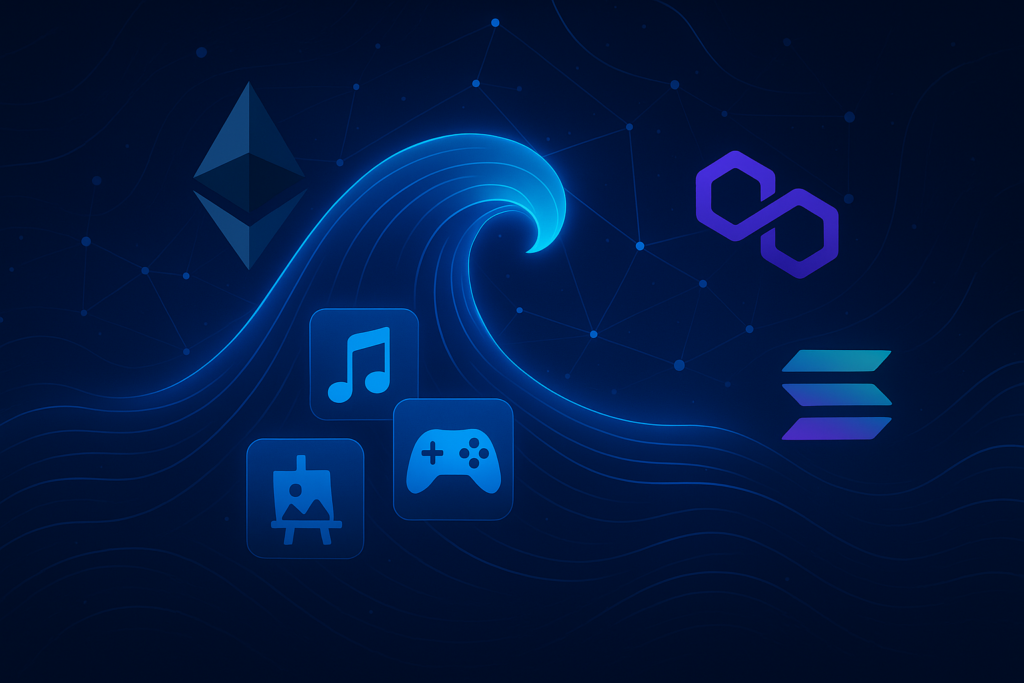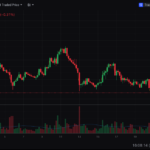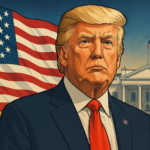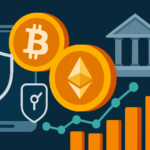Introduction
In the fast-growing world of non-fungible tokens (NFTs), OpenSea has become the largest and most influential marketplace. It serves as the eBay of NFTs, enabling millions of users to discover, buy, and sell digital art, collectibles, gaming items, and more. With the rise of Web3, OpenSea plays a central role in the adoption of blockchain-based assets.
🔹 What Is OpenSea?
Launched in 2017, OpenSea is a decentralized NFT marketplace that allows anyone to:
- Mint NFTs (create new digital assets).
- Trade NFTs directly with others.
- Explore categories like art, music, domains, and gaming items.
It supports multiple blockchains, including:
- Ethereum (the primary NFT ecosystem).
- Polygon (low-fee transactions).
- Solana (fast and scalable).
💡 Why OpenSea Matters
- First-Mover Advantage – One of the earliest NFT platforms, gaining massive user adoption.
- Massive Selection – Millions of NFTs across various categories.
- User-Friendly Interface – Easy onboarding for beginners with wallet integration.
- Liquidity and Visibility – Popular projects and artists choose OpenSea for exposure.
⚖️ Pros and Cons
✅ Pros
- Largest NFT marketplace by volume.
- Supports multiple blockchains.
- Simple tools for minting and listing NFTs.
- Wide recognition in the NFT and Web3 space.
❌ Cons
- High gas fees on Ethereum.
- Risk of counterfeit or plagiarized NFTs.
- Competition from new NFT marketplaces (Blur, Magic Eden).
📊 OpenSea in Numbers
- Over 2 million collections listed.
- Billions in total trading volume.
- Millions of active users globally.
📌 Conclusion
OpenSea remains the leading marketplace for NFTs, bridging creators and collectors in the Web3 era. While challenges such as competition and fake NFTs persist, its scale, brand recognition, and blockchain integrations make it a central hub in the NFT ecosystem.
For anyone looking to explore the world of digital assets, OpenSea is the natural starting point.







